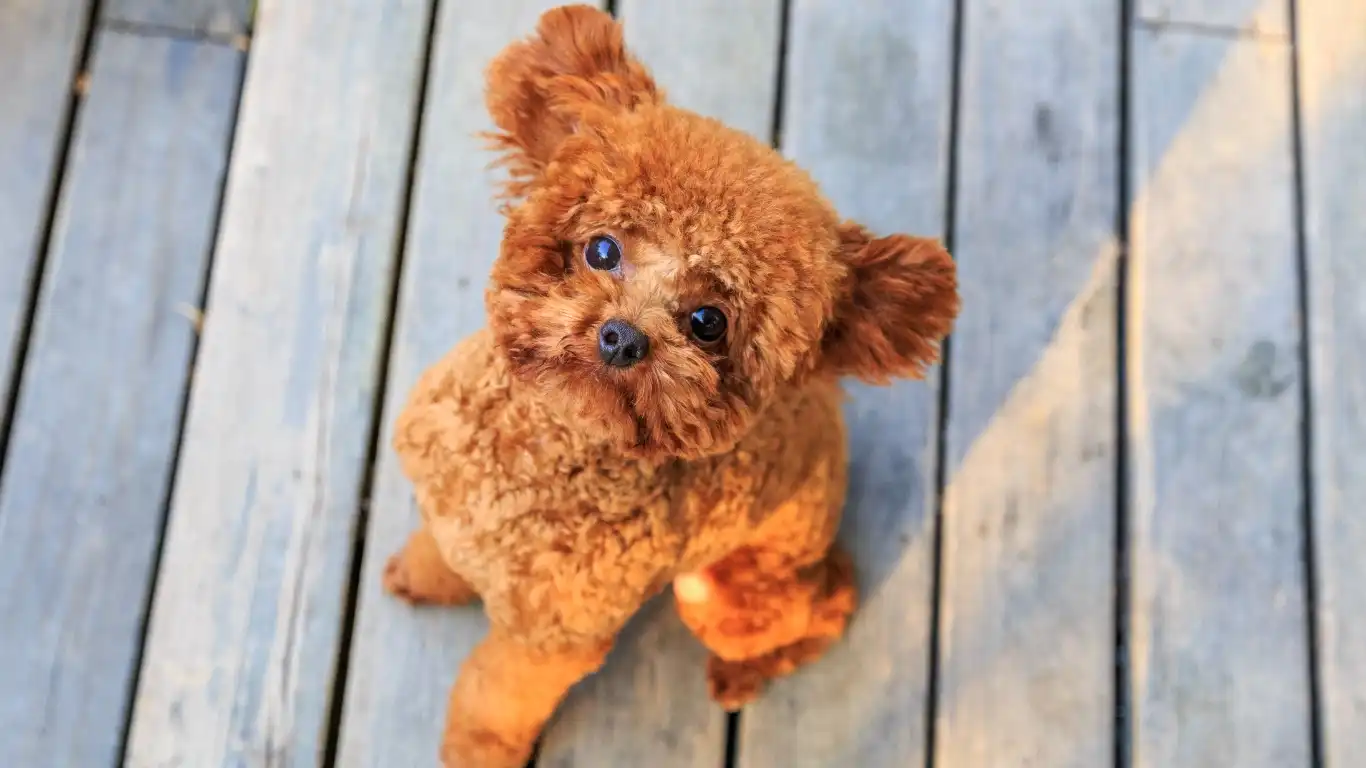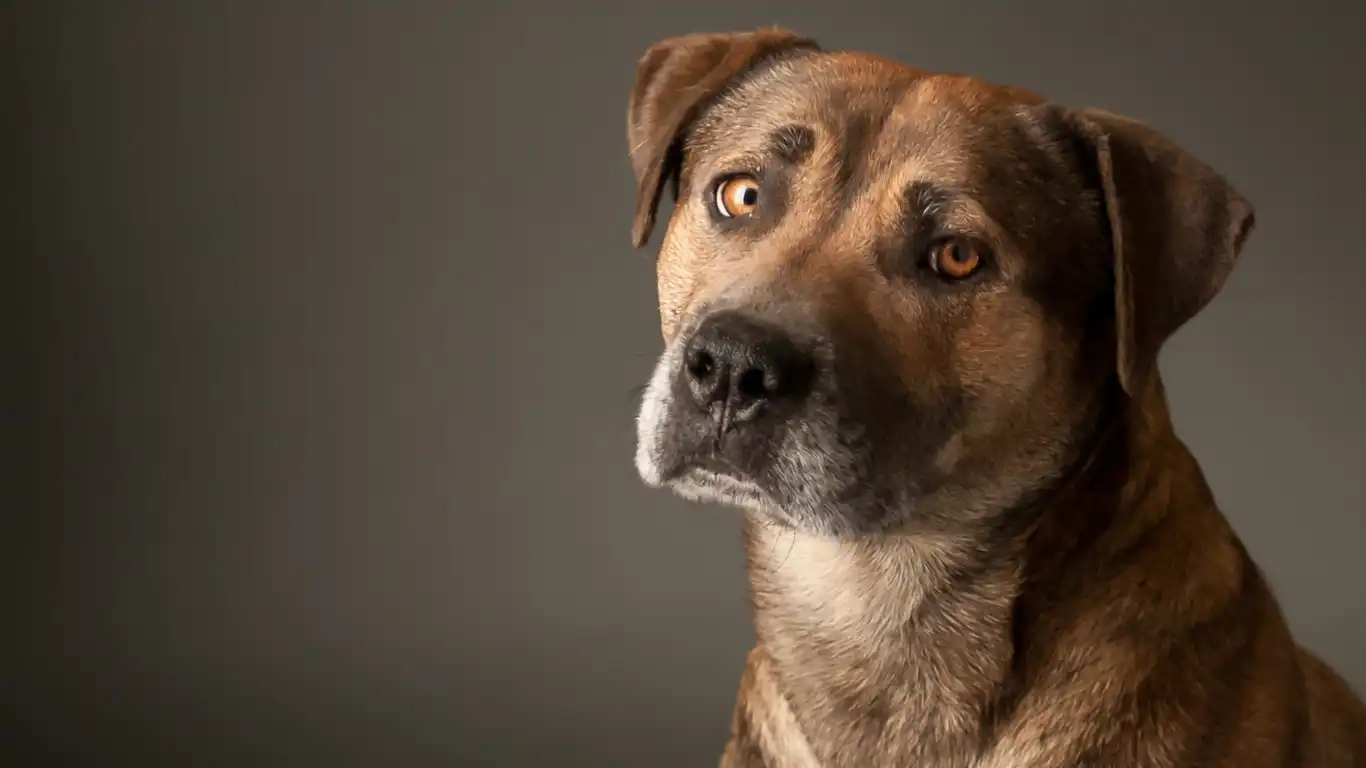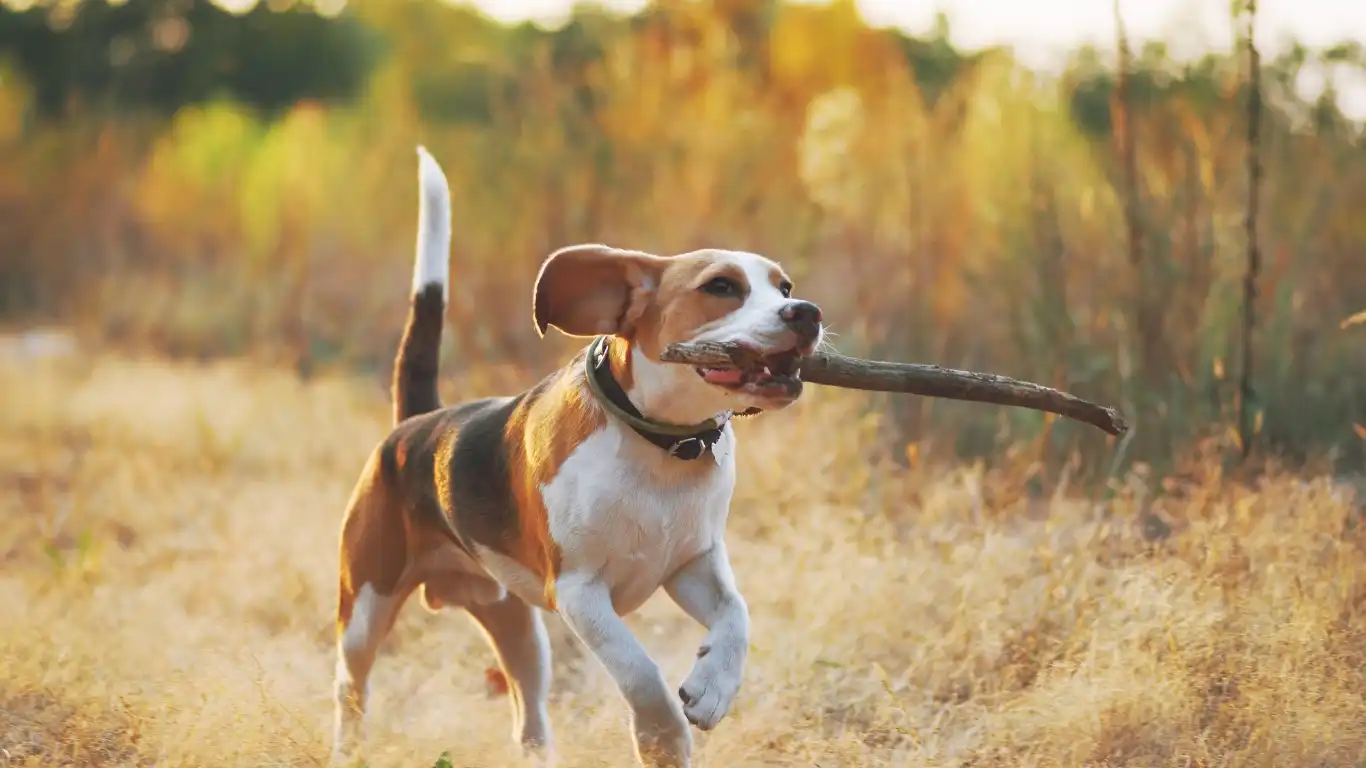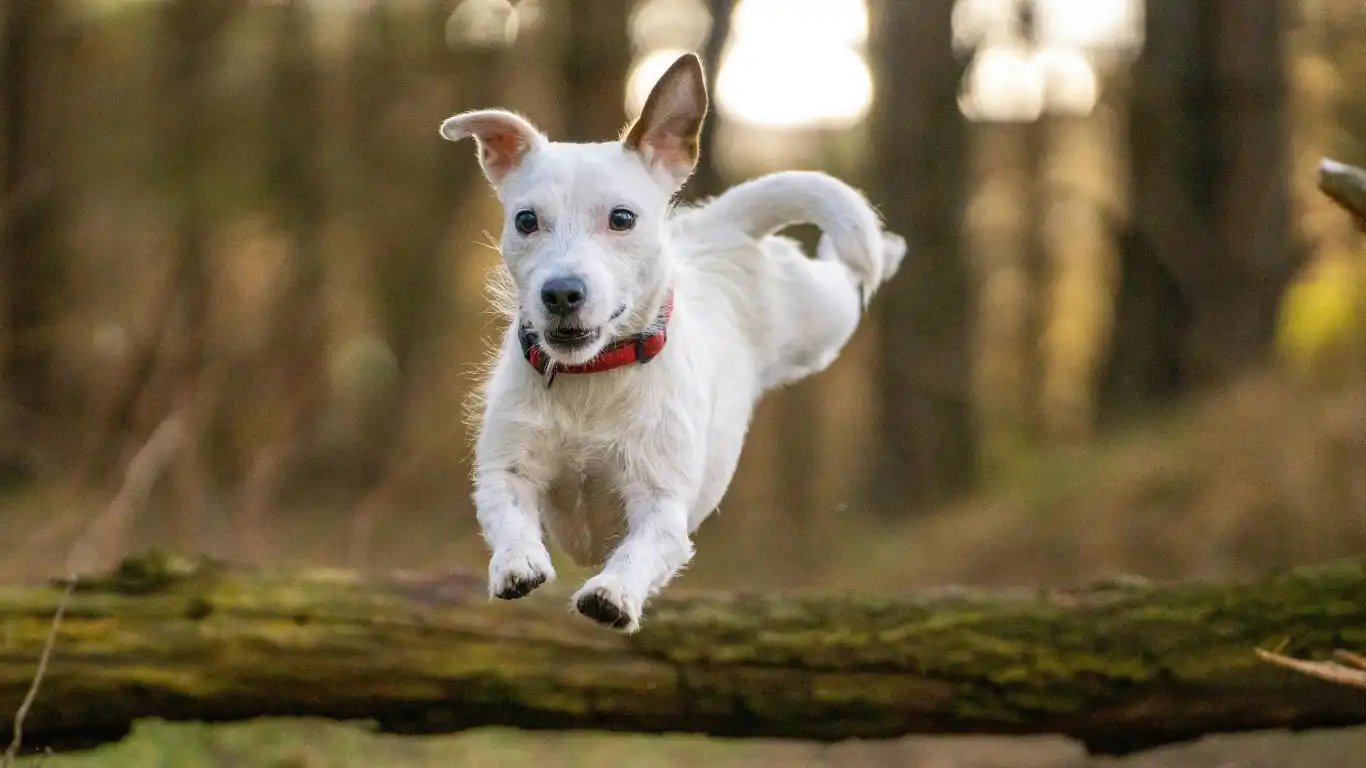Keep Your Dog’s Kennel Clean and Odor-Free with These Pro Tips
Let’s be real—nothing ruins the cozy vibes of having a dog faster than stepping into a kennel that smells like a high school locker room on a hot day. If you’ve ever wrinkled your nose and thought, “How in the world do I fix this?”—you’re not alone. As someone who has spent years working as a veterinary nurse with a focus on nutrition, I can tell you that knowing how to keep a dog’s kennel clean and odor-free isn’t just about tossing in some pine-scented spray and calling it a day. It’s about strategy, consistency, and yes, knowing a few tricks of the trade that most pet parents simply aren’t taught.
Why Clean Kennels Matter More Than You Think

We all want our pups to be happy, healthy, and living their best lives—but a dirty kennel can sabotage that faster than you’d expect. Odor isn’t just offensive; it’s often a red flag for bacteria build-up, mold, and even parasites. I’ve seen dogs come in with skin infections, irritated paws, and respiratory issues—all traced back to unclean living spaces.
And here’s the thing: even if you *think* your dog’s crate looks okay, if it smells funky, bacteria is probably hanging out. Your dog’s nose is 40 times stronger than yours, so imagine what that space smells like to them.
Quick Benefits of a Clean Kennel
- Improved health: Less risk of infections, allergies, and parasites.
- Better behavior: Dogs are calmer and less anxious in a clean, fresh-smelling environment.
- Stronger bond: They trust you more when they feel safe and cared for.
- Your house smells better: Duh. This one’s a win for everyone.
Start With the Right Kennel Setup

I learned this the hard way: if your kennel is made of cheap plastic or lined with absorbent materials that trap moisture, you’re already fighting an uphill battle. The first step in keeping things fresh? Choose materials that are easy to clean and don’t hold odor.
What to Look For
- Removable trays: These make cleanup 10x faster. Pop it out, rinse it, done.
- Non-porous surfaces: Avoid anything that soaks up liquid—this is a breeding ground for smells and bacteria.
- Well-ventilated design: Air circulation = less moisture = fewer odors.
I always recommend stainless steel crates if you’re serious about hygiene. They’re a bit more expensive up front, but they last forever and clean up like a dream. Plastic is okay, but make sure it’s high-quality and disinfectable.
Establish a Daily Cleaning Routine

If I could give just one tip from my vet tech days that makes the biggest difference, it would be this: daily cleaning is non-negotiable. It doesn’t have to be complicated, but consistency is key.
My Go-To Daily Cleaning Checklist
- Remove bedding and shake it out (more on bedding care in a bit).
- Wipe down surfaces with a pet-safe cleaner (I like enzymatic sprays—more on that below).
- Check for any messes or spills (food, urine, drool—you name it).
- Let everything dry before putting bedding or toys back in.
Here’s something I noticed in the clinic: dogs housed in kennels that were cleaned daily had fewer hotspots, less anxiety, and better appetite. Not to mention the staff loved them more (because… no stink). Daily cleaning isn’t extra. It’s essential.
Choose the Right Cleaners (and Avoid These)
This is a biggie. Not all cleaning products are safe for dogs, and some can even trigger allergies or respiratory irritation. I’ve seen pups come in sneezing and scratching like crazy—all because someone used a strong bleach-based cleaner without rinsing it properly.
My Personal Favorites (That Actually Work)
- Enzymatic cleaners: These break down organic matter (like urine and poop) at the source. I swear by them.
- White vinegar + water mix: Cheap, natural, and effective. Just avoid using this if your dog has sensitive skin.
- Pet-safe disinfectant sprays: Look for labels that say “vet-approved” or “non-toxic for pets.”
What to Skip
- Ammonia-based cleaners: These smell similar to urine and can confuse your dog, encouraging repeat accidents.
- Harsh bleach without rinse: If you must use bleach, rinse thoroughly and air dry completely before your dog goes back in.
- Scent-heavy sprays: Just because it smells like lavender to you doesn’t mean it’s pleasant for your dog’s super-sniffer.
Remember, dogs are low to the ground and spend a lot of time in their crates. Whatever you use will be on their paws, fur, and even in the air they breathe. Be picky about your products—they matter more than you think.
Let’s Talk Bedding: The Hidden Odor Trap

If there’s one thing I’ve seen time and time again as a vet tech, it’s this: the bedding is the sneaky culprit behind 80% of kennel odors. You might clean the crate every day, but if you’re tossing in that same old blanket from three weeks ago… yeah, it’s time for an upgrade.
Dogs sweat through their paws, drool, track in dirt, and—let’s be honest—sometimes treat their bedding like a napkin after mealtime. All of that builds up fast. Even “odor-resistant” fabrics can only handle so much before they start to give off that musty dog-funk vibe.
My Favorite Bedding Tips
- Go washable: Invest in a few machine-washable pads or covers so you can rotate them out regularly. I love using waterproof covers underneath fleece tops—comfy and cleanable.
- Wash weekly (at least): More if your dog is drooly, sheds a lot, or has accidents.
- Use pet-safe detergents: Some laundry soaps are too harsh for dogs with sensitive skin. Look for ones that are hypoallergenic and fragrance-free.
- Sunlight is magic: On nice days, I hang bedding outside. UV rays help kill bacteria and naturally freshen things up.
I once had a client whose Golden Retriever had recurring yeast infections on his belly. Turned out, his bedding was harboring moisture and bacteria that kept re-infecting him. We switched to quick-drying materials and started washing them more frequently—and poof, no more infections. Sometimes the fix is that simple.
The Power of Proper Ventilation

This is one of those things people overlook until they realize their dog’s kennel smells like a gym bag stuffed in a closet. Good airflow is your best friend when it comes to keeping odors from settling in and making themselves at home.
What I Recommend
- Place the kennel in an open area: Avoid tucking it in a corner or closet where air doesn’t circulate.
- Use fans or air purifiers nearby: Especially helpful if you live in a humid climate where moisture lingers.
- Don’t cover the whole crate: I know it’s tempting to throw a blanket over it to make it “cozy,” but full coverage = trapped air = stink zone.
In my own home, I’ve got a small oscillating fan set on a timer near my dog’s crate. Keeps the air fresh and the temperature comfy, especially in the summer. And guess what? Way fewer smells hanging around.
Nutrition (Yes, It Affects Kennel Odor!)

Now, here’s where my nutrition background really kicks in. If your dog’s diet isn’t working for their system, you’ll smell it. Literally. Stinky poop, excessive gas, oily skin—all of these contribute to that overall kennel odor. And no amount of cleaning will fully mask it if the internal balance is off.
When I worked in clinic, I’d always ask about diet whenever we had a dog with persistent odor issues. Nine times out of ten, switching to a higher-quality, species-appropriate diet made a massive difference.
What to Watch For
- Loose or smelly stools: Indicates poor digestion or food intolerance.
- Greasy coat or skin flakes: Can signal a lack of essential fatty acids or overprocessed kibble.
- Gas that clears the room: Yeah… if you know, you know.
I’m a big fan of limited ingredient diets for sensitive pups, and I always suggest avoiding artificial additives and fillers. If you’re not sure where to start, chat with a vet who understands nutrition or a certified pet nutritionist. The difference it can make is wild.
Don’t Forget the Toys and Bowls
This one’s sneaky, but super important. Chew toys, bones, water bowls—these guys all contribute to the smell factor if they’re not cleaned regularly. I’ve found half-munched bully sticks under bedding before, and I’ll just say… it’s not pleasant.
How I Handle It
- Wash food and water bowls daily: I prefer stainless steel because it doesn’t hold odor or bacteria like plastic.
- Rotate toys: Keep a few in the kennel, but wash them weekly and toss anything slimy or chewed beyond saving.
- Check under the bedding: Especially if your dog likes to stash things. You’d be amazed what ends up under there.
Bonus tip: toss soft toys in the laundry with the bedding if they’re machine-safe. If not, a soak in warm water and a little dog-safe soap will do the trick.
Deodorizers: Helpful or Hype?
Let’s wrap this section with some real talk on air fresheners and sprays. I’ve had pet parents bring in all kinds of products—odor-neutralizing powders, sprays, plug-ins—and ask, “Which one should I use?” My answer? Use them sparingly and wisely.
Here’s My Take
- Natural is better: Baking soda under bedding can help, and charcoal deodorizers placed nearby work without being overwhelming.
- Avoid strong scents: Again, dogs have super-powered sniffers. What’s “fresh” to us might be suffocating to them.
- Don’t mask, solve: If you’re constantly spraying air freshener, you’re treating the symptom, not the cause. Go back to your cleaning routine and bedding first.
One client I worked with was using a citrus-scented spray every day in her dog’s crate area—and couldn’t figure out why her Lab refused to go in anymore. Turns out, citrus can be aversive to dogs. Once we switched to a low-scent enzymatic cleaner and better bedding, her dog was back to snoozing happily in his crate in no time.
Routine Deep Cleans: The Monthly Reset Your Dog’s Kennel Deserves

Let’s be honest—daily wipe-downs are great, but every once in a while, you’ve gotta go full deep-clean mode. I tell clients to treat kennel cleaning like spring cleaning for their pup. It’s not about being obsessive—it’s about staying ahead of buildup that slowly creeps in even with regular care.
I usually schedule mine for the first weekend of every month (set a calendar reminder, trust me). It doesn’t take as long as you think, and your nose—and your dog—will thank you for it.
My Deep Clean Routine (Tried-and-True from the Clinic)
- Disassemble everything: Take out trays, toys, bedding, bowls—every single thing that can be removed should be.
- Scrub every corner: Use a toothbrush or scrub brush to get into crevices and grooves. Bacteria love those little hideouts.
- Rinse thoroughly: If you’re using any cleaner, make sure you rinse all surfaces with clean water. Residue = skin irritation waiting to happen.
- Dry completely: Don’t rush this part. Moisture breeds mildew and odor. Use a towel or let it air-dry in the sun.
- Inspect for damage: Look for cracks, rust, or loose pieces. A damaged kennel can be a health hazard.
One time I found mold under a kennel pad that looked totally fine on the surface. Ever since, I never skip the full teardown. Mold and mildew are invisible until they’re not—and once they start, they don’t stop until you get serious.
Behavior and Cleanliness: Yep, They’re Connected

Here’s a little insight I’ve picked up over the years—dogs are surprisingly clean animals by nature. If your pup is having accidents in their kennel or seems anxious, it might not be just a behavioral thing. It might be their way of telling you something is off in their space.
Unpleasant odors, soiled bedding, or a damp kennel can stress your dog out. They might whine, scratch, or avoid the crate entirely. When I notice a dog refusing to use their crate, the first thing I ask isn’t “What’s wrong with the dog?”—it’s “When’s the last time the crate got a refresh?”
Signs Your Dog Isn’t Comfortable in Their Kennel
- Reluctance to enter
- Whining or barking when inside
- Frequent accidents (even if potty trained)
- Restlessness or pacing
If any of that sounds familiar, don’t jump straight to behavioral training. Do a deep clean first. Refresh the bedding, clean the bowls, maybe switch out toys—and give the space a new scent (a *natural* one, of course). You’d be amazed how many “behavioral” issues disappear with a fresh environment.
Bonus Hacks I Swear By
These little tricks have saved me more times than I can count, especially in multi-dog homes or small spaces where odor control can be a full-time job.
Everyday Tricks to Stay Ahead of Odor
- Activated charcoal packs: Tuck one near (not in) the kennel to neutralize smells without adding any fragrance.
- Essential oils? Careful: A drop of lavender oil outside the crate on a nearby cotton ball can calm without overwhelming—just don’t put oils inside the crate.
- Rotate bedding types: Keeps fabrics from breaking down too fast and helps spot irritation sources if they arise.
- Dry shampoo for dogs: A light dusting between baths helps control fur oils and dander (I like oat-based formulas).
And here’s a golden rule: don’t underestimate the power of observation. If something starts to smell, feel, or look “off,” investigate. Sometimes it’s a small change that makes the biggest difference—like adjusting your dog’s water intake, or even switching food bowls.
Final Thoughts: It’s All About the Details
Keeping your dog’s kennel clean and odor-free isn’t about being a neat freak—it’s about creating a safe, healthy environment for your pup to rest and feel secure. It’s also about giving yourself peace of mind. No one wants a stinky dog corner in their home, and more importantly, no dog wants to live in one.
With a bit of consistency, the right products, and some awareness of your dog’s behavior and needs, you can keep things fresh without breaking a sweat. Trust me, your dog will notice the difference—and so will your guests.
References
Disclaimer
This content is based on personal experience as a certified veterinary technician with a specialization in pet nutrition and general animal care. While all efforts have been made to ensure accurate, evidence-based information, this article is not a substitute for professional veterinary advice. Always consult your veterinarian for guidance tailored to your individual pet’s needs.






